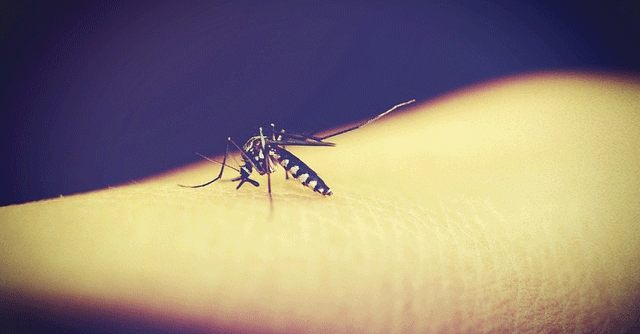
Scientists using ML tool to reduce turnaround time for malaria research


Researchers are using a machine learning (ML) – a subset of artificial intelligence (AI) – tool to reduce turnaround time for malaria research, according to a study published in BMC Bioinformatics earlier this week.
In machine learning models, a set of algorithms builds models based on sample data, also called training data and the aim is to make accurate predictions or decisions based on historical data.
According to the researchers at the University of Glasgow in Scotland and Ifakara Health Institute in Tanzania, the knowledge of a mosquito's age helps scientists to understand its potential to spread malaria, a deadly disease spread by infected Anopheles mosquitoes. However, they added that the existing tools used for predicting this are costly, labour-intensive and often prone to human errors.

This study targeted strains of mosquitoes raised in laboratories at the two centres, namely Tanzania and Scotland, who then used analytical tools known as infrared spectroscopy, to record the biochemical composition of mosquitoes. Thereafter they used the ML techniques to train models to predict the age of mosquitoes. For example, old mosquitoes are more likely to transmit malaria than young ones, but mosquitoes that prefer to feed on humans are more likely to transmit malaria than those that prefer other animals, making studying their characteristics vital in efforts to tackle malaria.
Emmanuel Mwanga, the study's lead author and a research scientist at Ifakara Health Institute, said that machine learning is a more efficient option than the existing tools for predicting mosquito ages which are laborious and costly.
Findings of the study show that the machine learning models improved the accuracy of the predictions for same mosquito ages to about 98% and can be used to determine the age of mosquitoes from different populations. That said, the method can help entomologists reduce the amount of time and work required to dissect large numbers of mosquitoes.

"Accurately predicting these factors can help identify high-risk populations and target interventions more effectively," explained Mwanga, adding that the use of ML techniques could "save time and resources that can be used for other aspects of malaria control and elimination efforts."
"This can ultimately lead to a reduction in the number of malaria cases and deaths, which is an important step towards achieving zero malaria," he said.
Researchers also said that the findings are necessary for policymakers because they will make resource allocation simpler and aid in trend prediction and assist in the development of sound strategic plans for the elimination of this disease.

However, the scientists stressed that further research is needed since the study looked at only one specific type of mosquito, Anopheles arabiensis, obtained from only two countries. “It's important to test the findings on mosquitoes from different places and species," he said, adding that malaria interventions could be improved if malaria scientists further understand the accurate age, host preferences and species of the malaria-carrying agents.
According to the World Health Organization, the African region accounted for about 95% percent of the 247 million cases of malaria globally in 2021. Malaria remains one of the major public health problems in India as well. The country carries 2-3% of the global malaria case burden, 2% of global malaria deaths (52% of all malaria deaths outside of sub-Saharan Africa). In India, the deadly disease is especially prevalent in the north-eastern, eastern and central parts of the country.
Scientists believe the adoption of innovative tools to control mosquitoes and prevent the spread of malaria is key to eliminating the disease.

